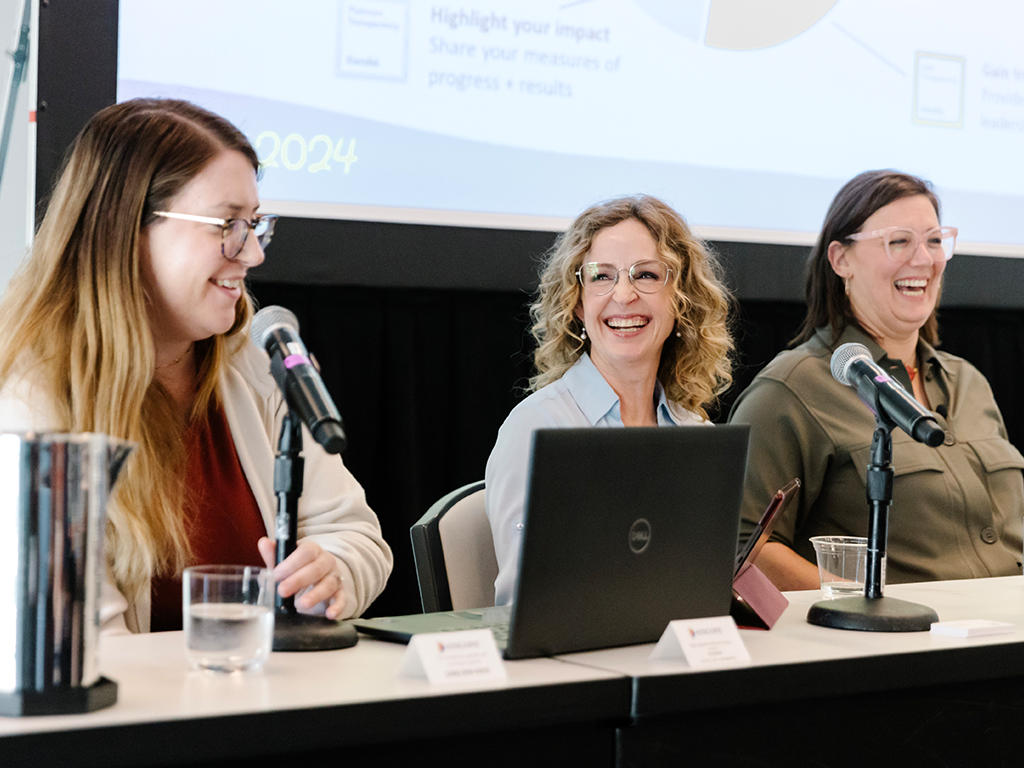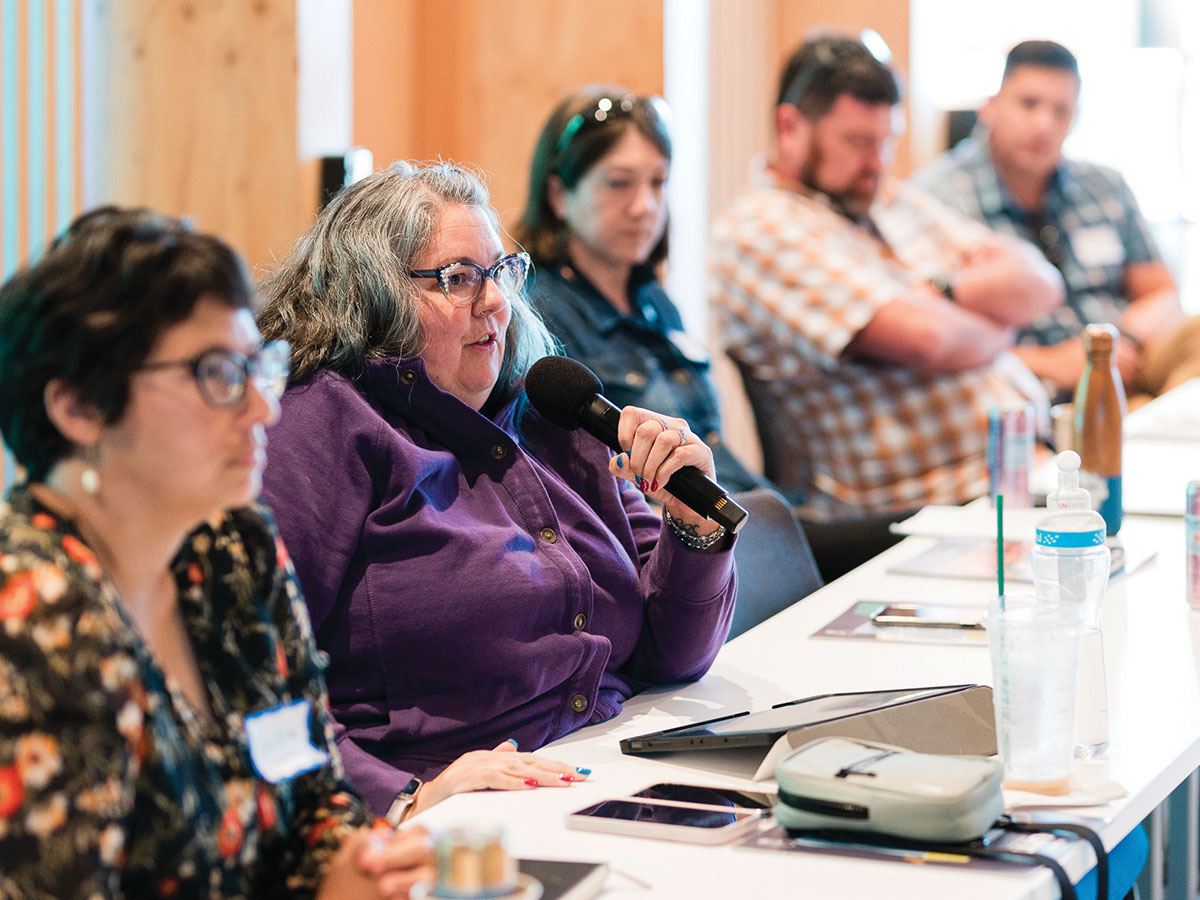Beyond Paperwork: Managing our grants from a programmatic perspective

Sponsored by The Innovation Network
I think we can all agree: 2020 was like no other year we have experienced before. As a global pandemic descended upon us in the spring, many of us had to completely rethink and re-focus how we do grantmaking. For some, this meant adding new grant programs to better support the community. For others, it may have been about finding ways to expedite the entire grant process, including funding. But for many, 2020 brought about a number of challenges, such as pivoting from manual to digital processes, and taking a closer look at the impact we have on our communities.
While some grantmaking software takes a somewhat simplistic view that your grants process can be managed by a series of forms and reports, we know it’s actually a bit more complicated than that. The ability to measure and assess your data to achieve your program goals is imperative when developing big-picture strategies for impactful funding.
Instead, we encourage you to manage your grant process at a programmatic level. So, what does that mean? We have identified three main areas that will assist you in taking a deeper dive into the ways in which you can achieve a programmatic perspective.
1. Define the expected outcomes and measures for your social initiatives.
Grant organizations often manage a set of grant programs to which prospective grantees apply for a grant using an application form. Programs define the programmatic business rules and descriptions of the program and include eligibility requirements, submission requirements and information, expected outcomes and measures. This information can be captured at the program level and then that information can be used to drive validation and actions at the application level. To illustrate what we mean, below are a few examples:
- Define a business rule to cap grant request amounts when an applicant attempts to complete an application. Ideally, we want the grant request amount maximum to be set at the program level so that the amount can be changed in subsequent years.
- Define expected outcomes and measurements so that we can define progress reports to capture information across all grantees. These outcomes and measurements that are defined at the program level can summarize data across all grantees and be compiled into reports that can be used for compliance.
- Manage program descriptions and eligibility requirements at the program level and use on application forms and grantees portals so that important information is provided for prospective grantees. If information is captured at the program level, we can easily update and add content that can be disseminated quickly.
In each example described above, capturing the business rules at the program level allows us to make changes that can be easily managed and disseminated quickly. Changes to policies and business rules are routine and require very little effort. This approach makes your system more resilient to changes in business rules and will NOT require any software programming. Ideally, we capture ALL policies, practices, and rules at the program level.
2. Manage the availability of funds for grants as they are awarded.
By automating budget calculations at the program level, we can roll up and summarize a variety of balances including total paid amount, remaining balance, and committed amounts. Paid amounts are updated automatically while grant payments are remitted and committed balances are updated as grants are awarded. Since balances are updated in real-time, dashboards and reports can summarize and highlight availability of funds and ensure budgets are not over spent. We can also provide a warning message as budgets are close to exhaustion or other thresholds are met.
3. Use efficient technology to track and report data to reduce administrative time.
Using automation – such as budget balance monitoring – to track, report, and manage data reduces the administrative burdensome tasks. This allows you to focus on programmatic strategies, such as identifying better indicators to monitor progress towards outcomes.
The areas listed above are just a few of the ways you can manage your grants and associated data, providing a much more efficient way to execute your business processes and really see the impact you have on your community. At the end of the day, we just want to make sure we are doing the best we can to help our communities thrive – especially after a year that brought so much uncertainty and hardship.



